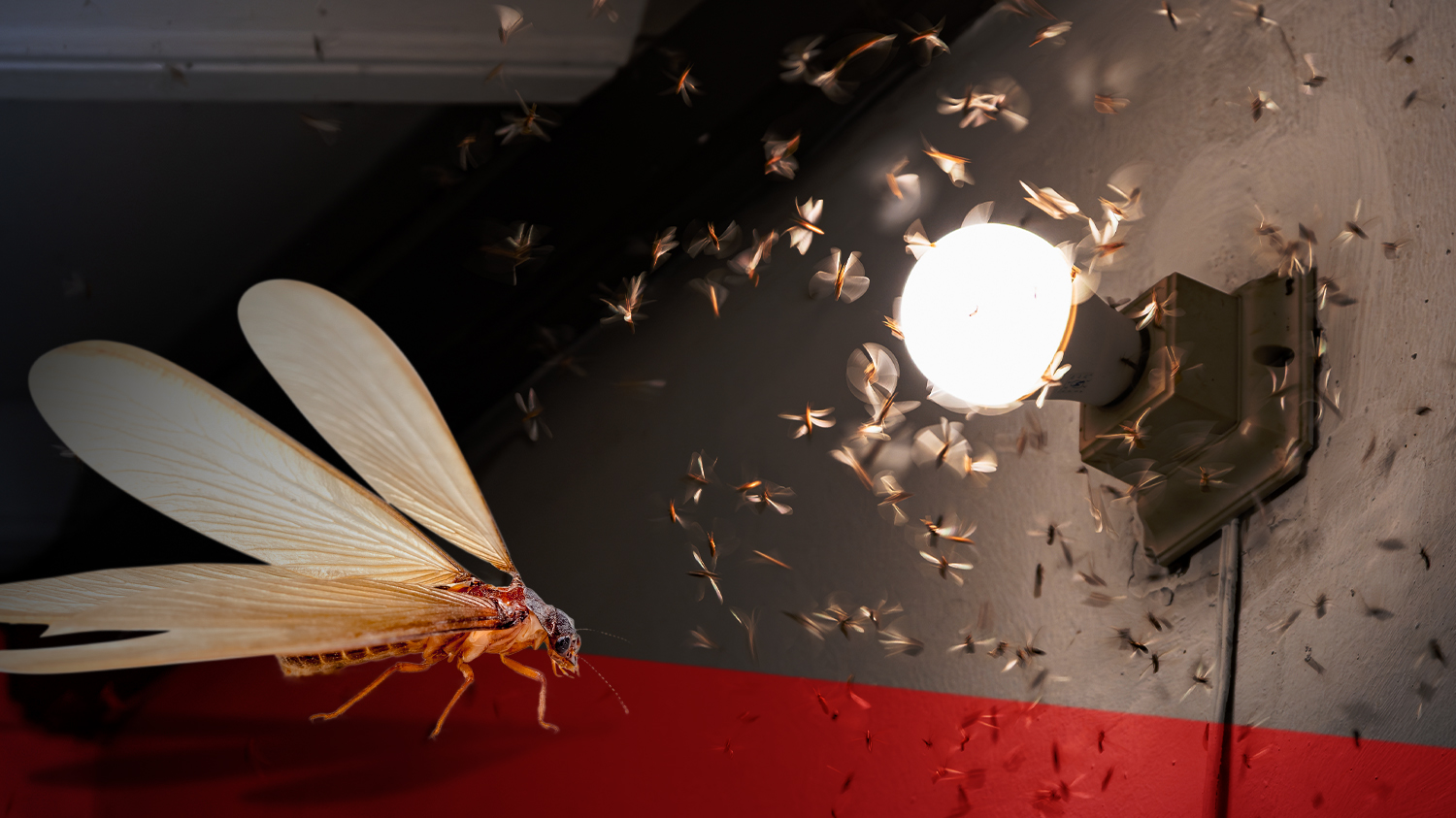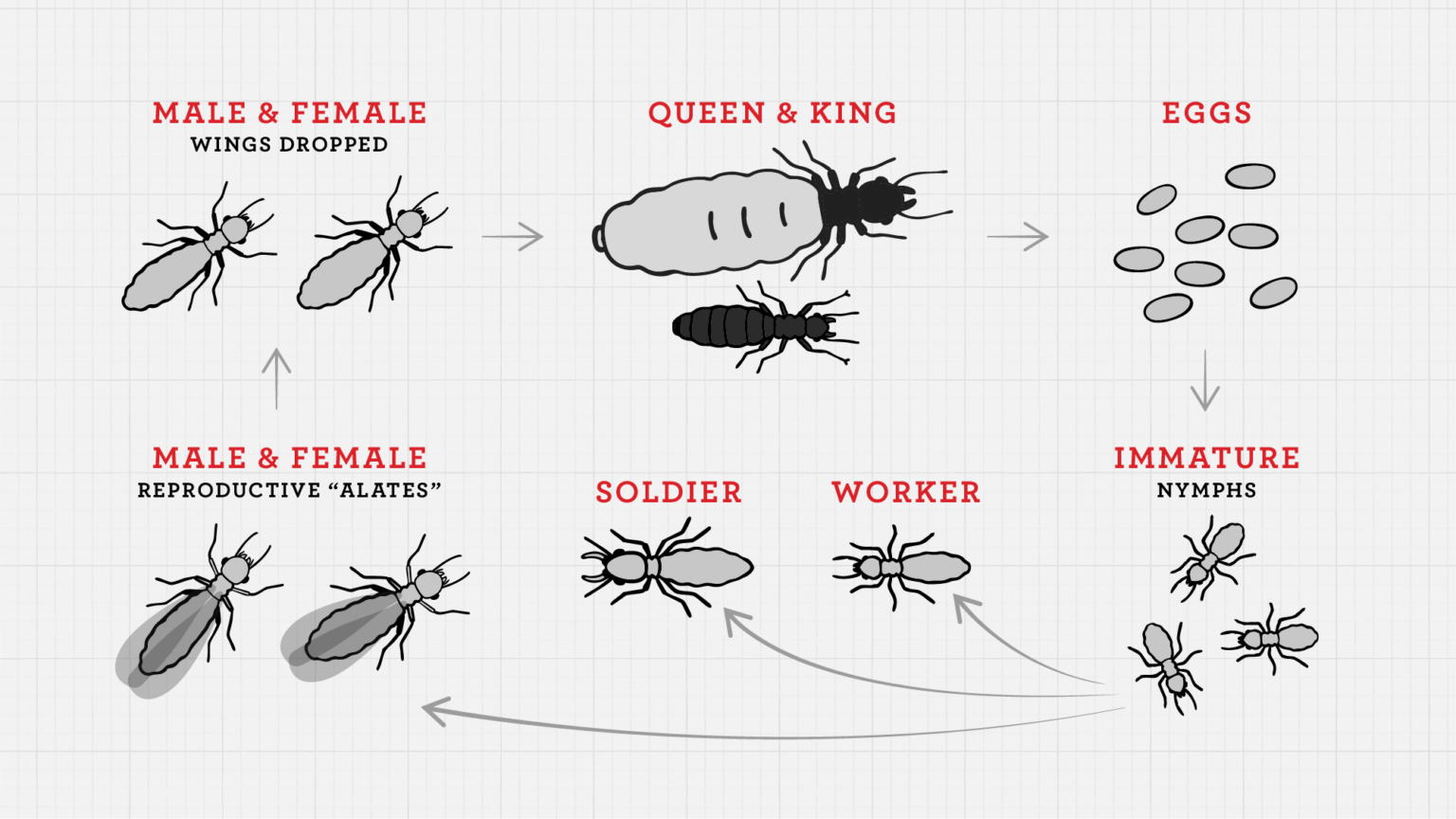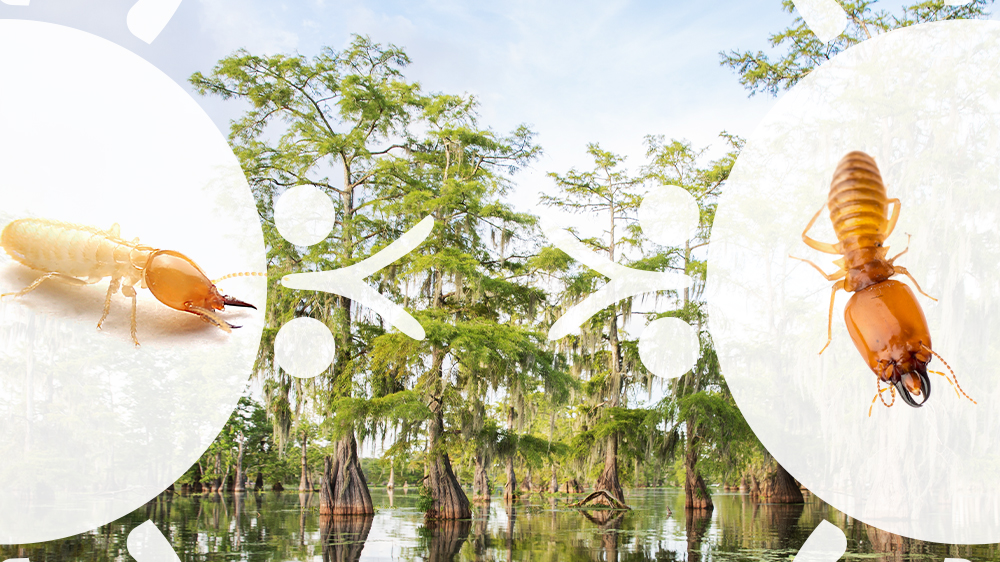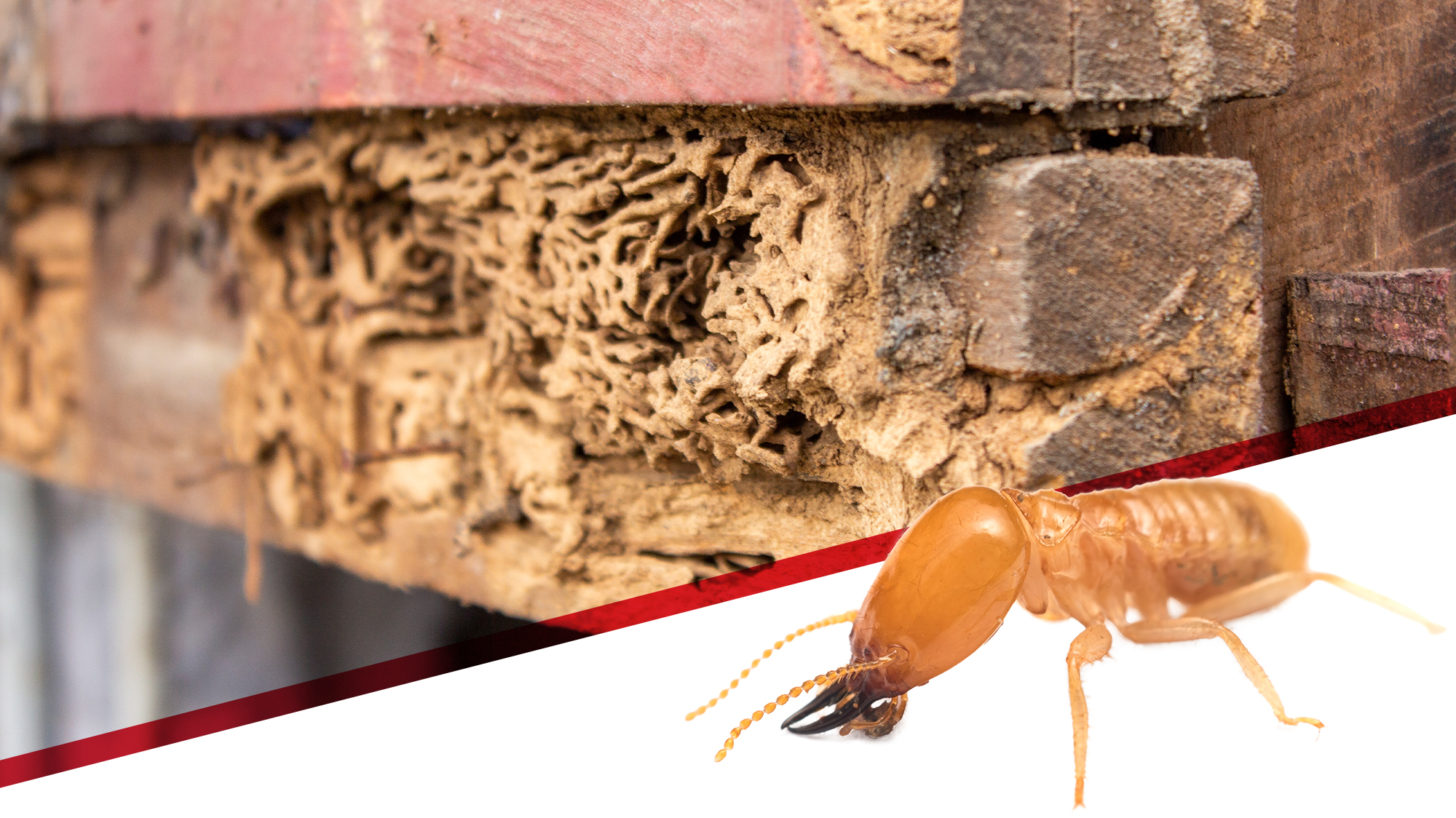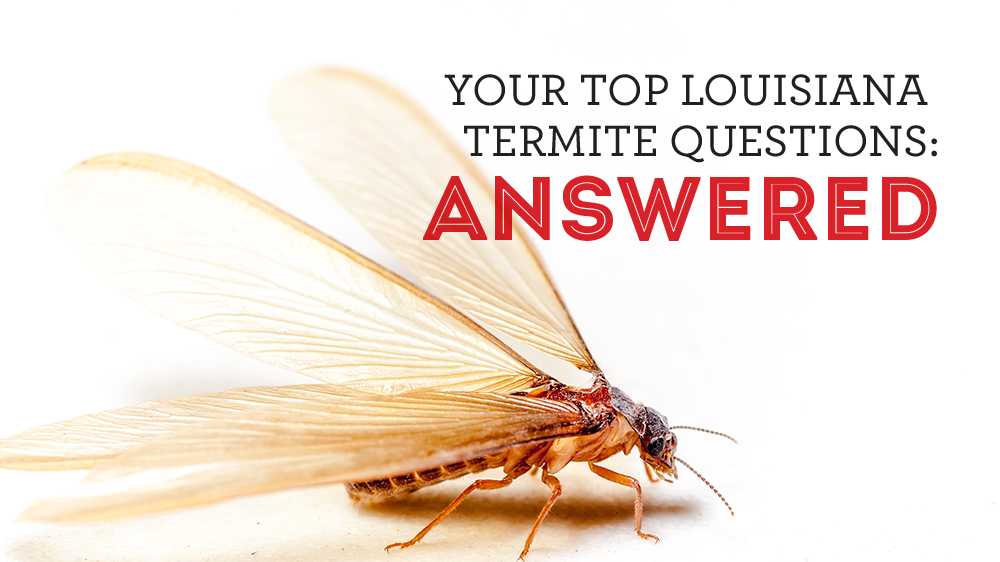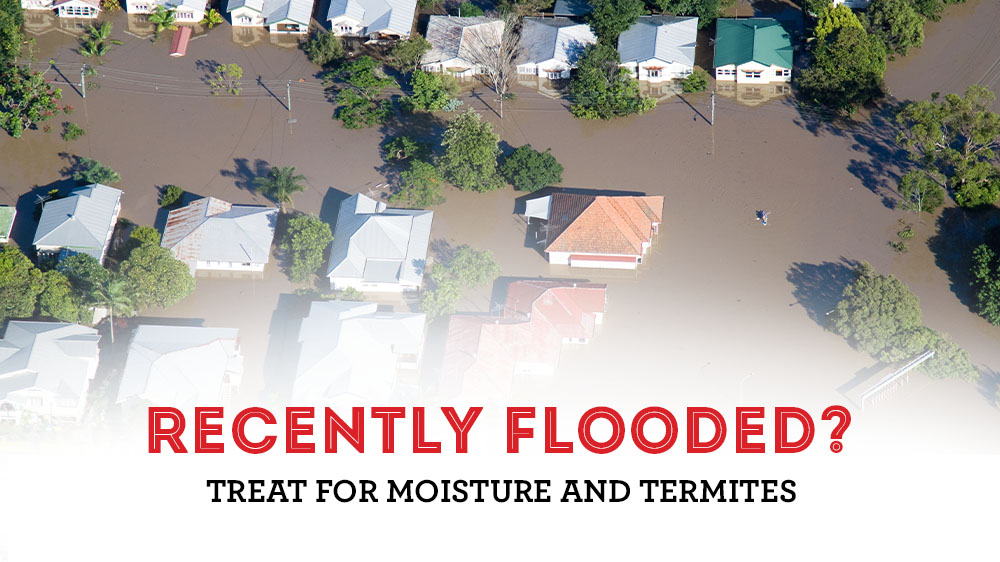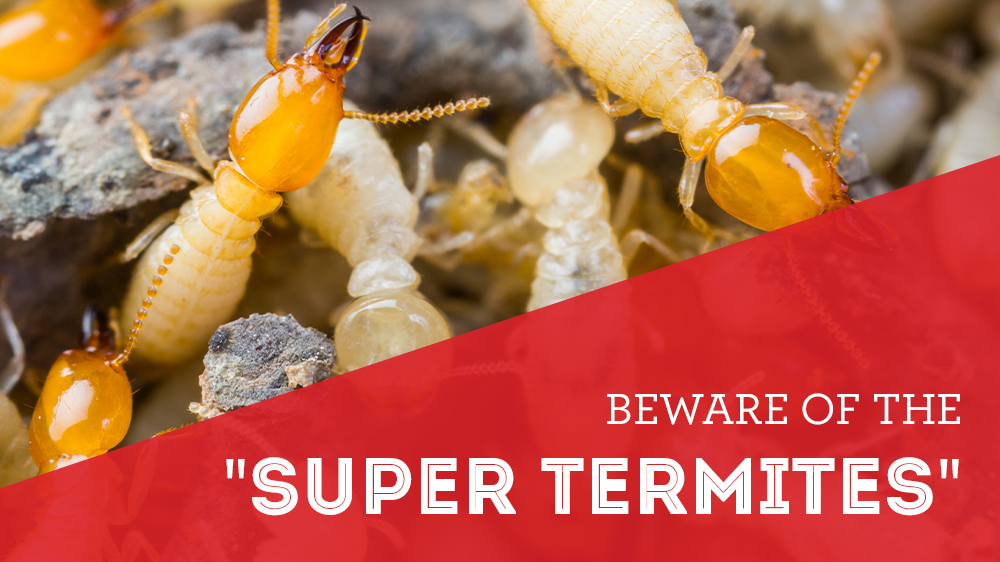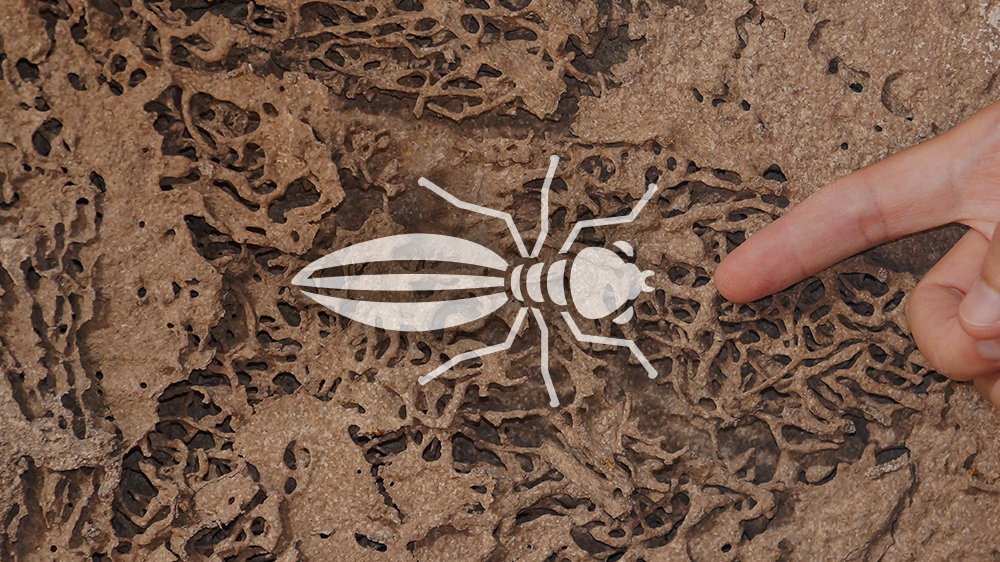
The Dangers of Termite Infestations and the Potential Damage to Buildings and Structures
Termite infestations can cause significant damage to buildings and other wooden structures, and the extent of the damage can vary depending on the species, location and size of the infestation.
Termites feed on cellulose-based materials like wood, paper and cardboard. They can consume large amounts of these materials if left untreated. This can weaken the structural integrity of the building and potentially cause collapse. Termites can also damage furniture, books and other household items made of wood or cellulose-based materials.
Subterranean termites, the most common type of termite, typically feed on wood that is in contact with the ground, such as wooden support beams, flooring and furniture. They can also build mud tubes to access higher levels of the building, causing damage to walls and ceilings.
Formosan termites, a more aggressive and destructive species, can cause significant damage in a shorter time. They can nest in various environments, including trees, boats and high-rise buildings. They can also chew through foam insulation, plaster and other materials, causing further damage.
It is essential to have regular termite inspections and treatments to prevent infestations and minimize the potential damage caused by termites. Early detection and treatment can prevent significant damage and save homeowners from expensive repairs.
Signs of Termite Infestation: How to Identify if Your Home or Building is Infested with Termites
Termites are destructive pests that can cause significant damage to a home or building if left unchecked. It is important to be aware of the signs of a termite infestation so that you can take action and prevent further damage. Here are some signs to look out for:
Mud tubes:
These are pencil-thin tubes made of soil and termite saliva that termites use to travel from their colony to their food source. They can be found outside a building’s foundation, walls or even on furniture.
Wood damage:
Termites feed on wood, so if you notice any hollowed-out or damaged wood in your home or building, it could be a sign of an infestation.
Discarded wings:
When termites swarm, they shed their wings. Finding discarded wings near windows, doors, or other entry points could be a sign that termites have entered your home.
Frass:
This is termite excrement and can look like small, pellet-like droppings. If you find this near wooden structures, it could indicate a termite infestation.
Clicking sounds:
Some species of termites make clicking sounds when they detect danger or are disturbed. If you hear clicking sounds coming from your walls or ceiling, it could be a sign of termites.
Tight-fitting doors and windows:
Termites can cause wood to warp or swell, making doors and windows difficult to open or close.
Presence of swarmers:
These are winged termites that are part of a new colony’s reproductive swarm. If you see swarmers inside your home, it could indicate a mature termite colony nearby. If you notice any of these signs, it’s important to contact a professional pest control company to inspect your home and address any termite infestations as soon as possible. Early detection and treatment can prevent significant damage and save you money in the long run.
DIY Measures to Reduce the Risk of Termite Infestations
While professional termite protection services are typically more effective, homeowners can take some DIY measures to reduce the risk of termite infestations. Here are a few:
Reduce moisture:
Termites are attracted to moisture, so reducing moisture in and around your home can help prevent infestations. Fix any leaks or plumbing problems, keep gutters clean and debris-free and ensure the ground around your home is properly graded to prevent water from pooling near the foundation. Repair any window boxes that have rotted out, as these are popular for termites.
Remove wood-to-soil contact:
Termites use soil as a pathway to enter wooden structures, so removing any wood-to-soil contact around your home is important. This includes things like firewood stacks, tree stumps and wooden debris.
Use termite-resistant building materials:
If you’re building a new home or replacing damaged wood, consider using termite-resistant materials like concrete, steel, or pressure-treated lumber. Install physical barriers: Physical barriers like stainless steel mesh could prevent termites from entering your home through small cracks or gaps.
Regularly inspect your home:
Regular inspections can help you detect any termite activity early before significant damage is done. Look for signs like mud tubes, discarded wings and wood damage.
Use termite repellents:
There are some natural termite repellents, like orange oil and neem oil, that can be applied to wooden structures to deter termites. However, these treatments are typically less effective than professional treatments and may need to be reapplied regularly.
Turn off your lights:
Especially during swarm season. Termites are attracted to the light. It’s important to keep in mind that while these DIY measures can reduce the risk of termite infestations, they may not be as effective as professional termite protection services. If you suspect a termite infestation in your home or building, it’s best to contact a professional pest control company to address the problem.
Now that you know the signs and dangers of termite infestations and what you can do to reduce one, if you’re still having issues with termites – give The Bug Man a call.
